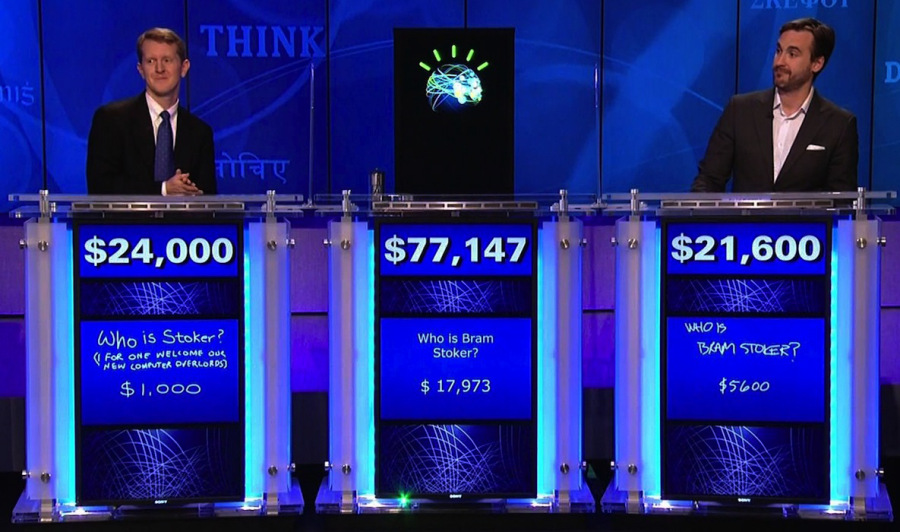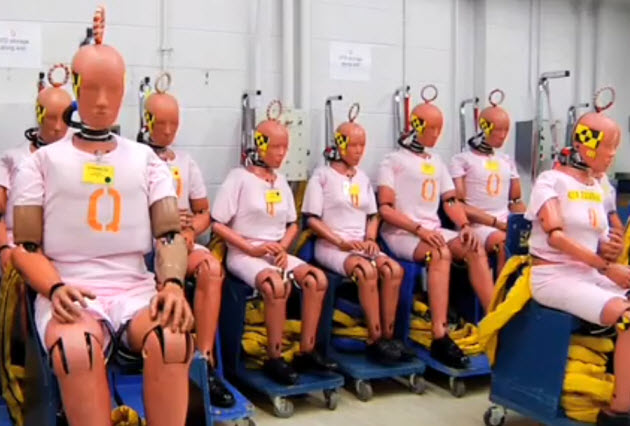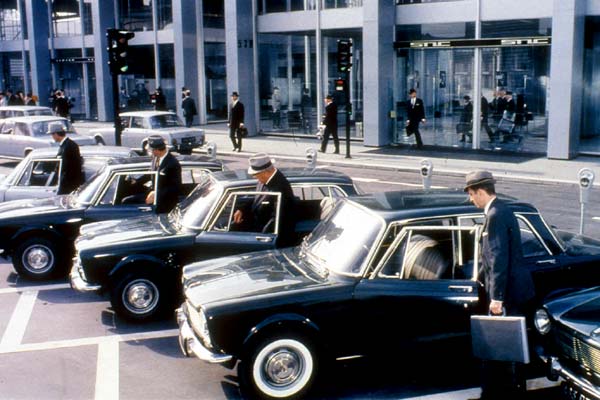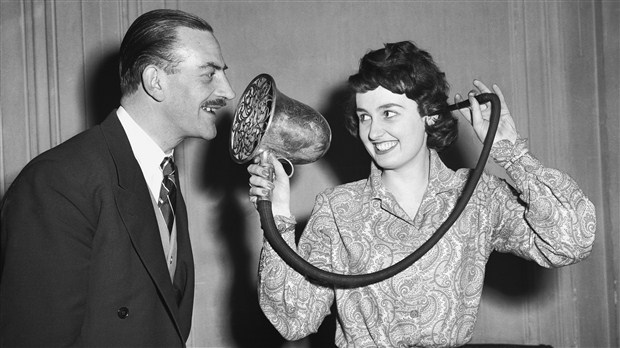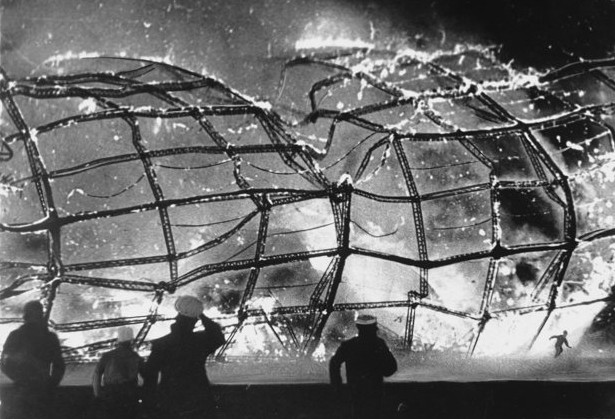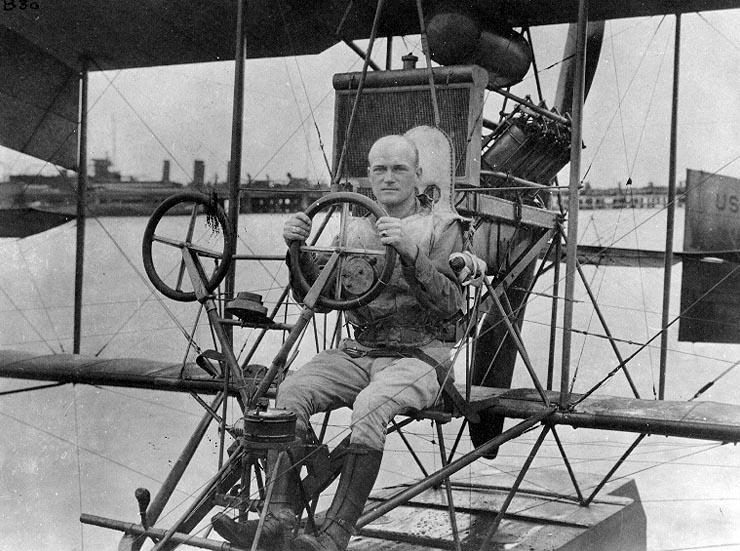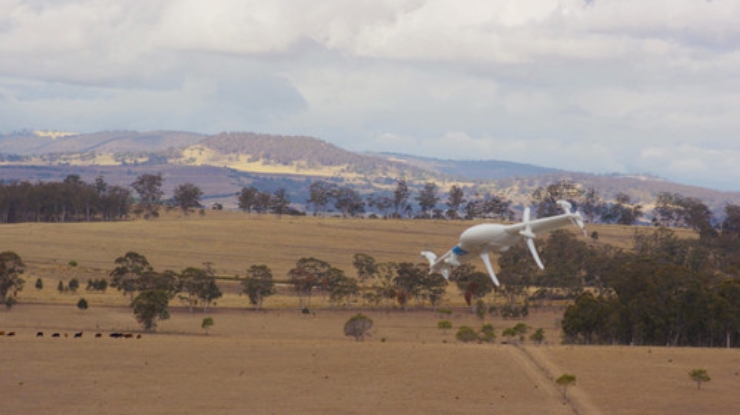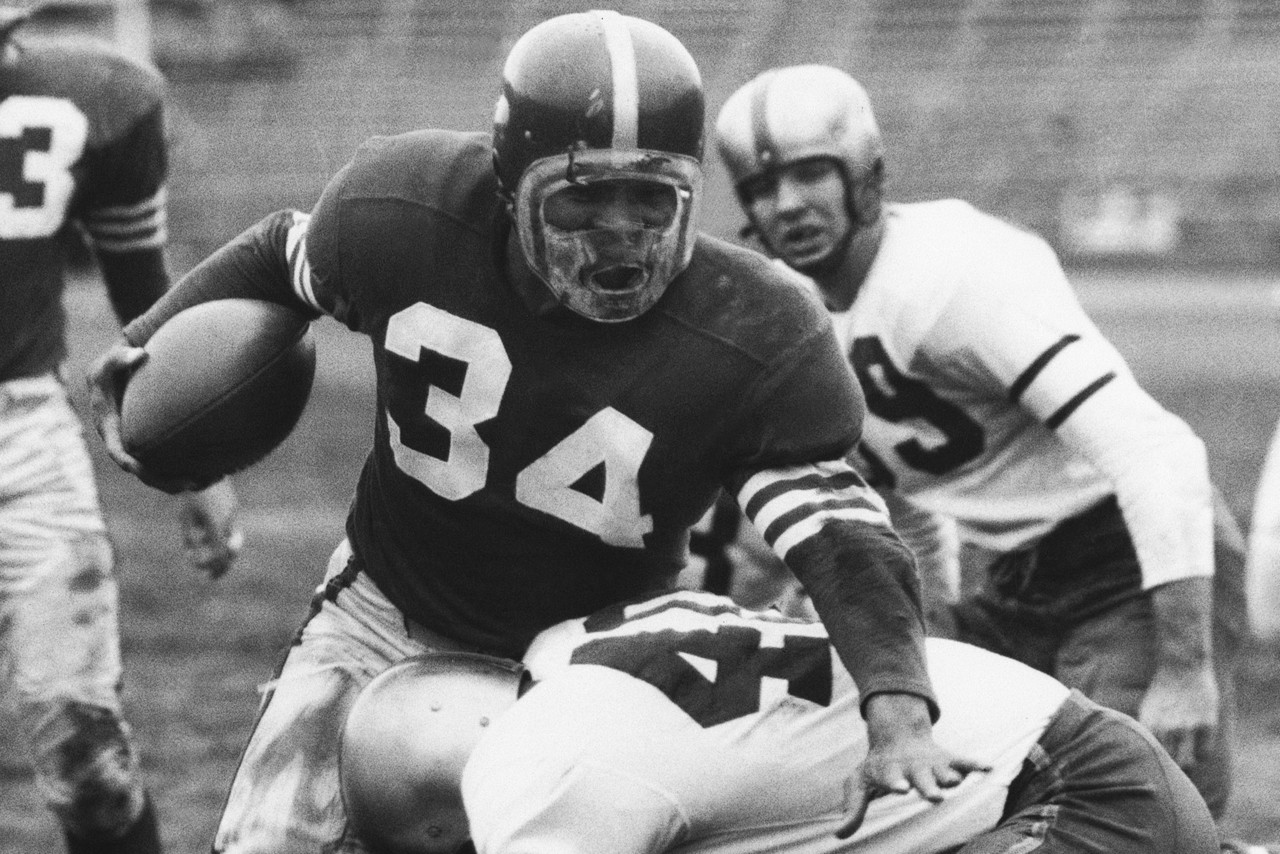Attendant to the fall of the Soviet Union was the collapse of the country’s social safety nets. Gorbachev’s transitional government and Yeltsin’s reformist one couldn’t stem a great die-off and a low birth rate, as Russia depopulated by 5% between 1992 and 2009. The fall of Communism clearly was the cause, right? But the demographic disaster has deeper roots in earlier decades and high rates of cardiovascular disease and fatal accidents may have their origins in mental-health issues, argues Masha Gessen’s excellent New York Review of Books essay, “The Dying Russians.” The opening:
“Sometime in 1993, after several trips to Russia, I noticed something bizarre and disturbing: people kept dying. I was used to losing friends to AIDS in the United States, but this was different. People in Russia were dying suddenly and violently, and their own friends and colleagues did not find these deaths shocking. Upon arriving in Moscow I called a friend with whom I had become close over the course of a year. ‘Vadim is no more,’ said his father, who picked up the phone. ‘He drowned.’ I showed up for a meeting with a newspaper reporter to have the receptionist say, ‘But he is dead, don’t you know?’ I didn’t. I’d seen the man a week earlier; he was thirty and apparently healthy. The receptionist seemed to think I was being dense. “A helicopter accident,” she finally said, in a tone that seemed to indicate I had no business being surprised.
The deaths kept piling up. People—men and women—were falling, or perhaps jumping, off trains and out of windows; asphyxiating in country houses with faulty wood stoves or in apartments with jammed front-door locks; getting hit by cars that sped through quiet courtyards or plowed down groups of people on a sidewalk; drowning as a result of diving drunk into a lake or ignoring sea-storm warnings or for no apparent reason; poisoning themselves with too much alcohol, counterfeit alcohol, alcohol substitutes, or drugs; and, finally, dropping dead at absurdly early ages from heart attacks and strokes.
Back in the United States after a trip to Russia, I cried on a friend’s shoulder. I was finding all this death not simply painful but impossible to process. ‘It’s not like there is a war on,’ I said.
‘But there is,’ said my friend, a somewhat older and much wiser reporter than I. ‘This is what civil war actually looks like. ‘It’s not when everybody starts running around with guns. It’s when everybody starts dying.’
My friend’s framing stood me in good stead for years. I realized the magazine stories I was writing then were the stories of destruction, casualties, survival, restoration, and the longing for peace. But useful as that way of thinking might be for a journalist, it cannot be employed by social scientists, who are still struggling to answer the question, Why are Russians dying in numbers, and at ages, and of causes never seen in any other country that is not, by any standard definition, at war?”




